Synoptic Project - Cutscene images part 4
- jesskesson
- May 4, 2020
- 6 min read
The next image is the Robe of Fire-Rat Fur, which is something from Japanese mythology. Unfortunately, there are no images of what a Robe of Fire-Rat Fur is supposed to look like, so I got to design myself according to how I interpreted it.
Because this image is only seen once for a few seconds, I knew I didn't need to go overboard for it. I decided against my original idea of having the robe being ripped away into separate pieces, as it didn't read well. I decided instead to just show the robe, so that there isn't any confusion about what's going on in the scene.
When I started working on this in Photoshop, I realised I didn't have any solid colour pallets. When I first designed the robe on paper, the only thing I had were pencils, which I tried out on paper to try and find good shades. I decided on reds, oranges and maroons.
The original design I went with had cords running through the sleeves and legs of the robe, which are called sode-kukuri. There are also two cords at the collar, which attaches the front piece to the kimono. The front piece is similar to a kariginu's main body. It's also contained within the obi. I did this so that there would be eight pieces visible (the sleeves, the legs, the main body of the kimono, the collar, the front piece and the obi).
As soon as I started making this, I had a plan. I drew half the outline of each element, then copy and pasted the layer. I then flipped the layers and moved them to match the original. This made it a lot easier to keep things symmetrical, and also sped up the process of creating the image.
The first part I focused on was the front piece of the kariginu. A kariginu was worn by nobles for hunting. A type of kariginu, a joe, are worn by people attending religious ceremonies and Shinto and Buddhist priests. However, a joe is usually white, so the robe I created isn't really for religious purposes. I like the idea of the robe resembling hunting wear from the Heian Period, which is when I originally set the same. It has since changed to a more amalgamated form of Japan through the ages.
The fire design I went for is based off of the types of flames that are depicted in a lot of Chinese paintings of deities. I've also seen this in the Victoria and Albert Museum, where gold statues of deities are backed by carvings of fire. This is more accurate to what I was going for, as the flames are originating from the clothes, and aren't external.
I decided to create a fiery motif on the front piece. My plan was to have warm colours, but also some darker browns. Since 'Fire-rats' don't exist, I had no idea what their fur should look like. I decided that I wanted it to look like fur was involved in the weaving, and that it didn't just transform into a completely new garment when woven. To keep to the fantasy nature of the game, I still gave it a little bit of sprucing.
I gave the cuffs of the sleeves and hakama some fur as well, which a trait I took from Mongolian clothing, which sometimes has this a well. I wanted to bring in as any cultures as I could to this design without overwhelming it.
I shaded the main body of the robe because some parts of it bled into each other. I also found it dull to look at, so I added a seam or a crease up the middles of the legs. This also allowed me to add seams between the sleeves and the main body. Going along with the story, this would give a player more of an idea about the state of the Robe.
I also added to sode-kukuri, which I also did on the legs. I decided to make these red, as the colours I had used so far didn't mix. The red I added started bringing the whole design together.
On the collar, I added matching red tassels to two ribbons. The function of these ribbons is to connect either the front piece to the main body, or the collar to the front piece. Either way, it was something I wanted to add to add more interest to the collar, which is basically just fur.
I added fire motifs to the top of the sleeves. Have a separate pattern on sleeves is something I took from long-sleeved qipao designs, which are a garment worn in China. It also came from Mongolian deel (clothing) cuffs, which are very ornate and can go on above the elbow. Although, these are usually in bands of contrasting colours, as opposed to the contained fire motif I used.
One of the last things I added, I originally wasn't planning on. I felt like the design wasn't eye-catching enough, so I tried adding an orange gradient to the bottom of the hakama trousers. The reason I was hesitant to add this feature is because I was worried it would take away drastically from the Japanese intention of the design. Hakamas don't usually appear in a gradient of colours. This is something Chinese hanfus have, usually on the sleeves or down the skirt.
I gave it a try, however, and I found that I actually loved how it looked. Because of the red sode-kukuri I used on the legs, it still looked very Japanese. I even added another layer of fantasy to the design, which is exactly what it needed. It also balances the colours in the rest of the design, which was something I had worried about.
I knew I wasn't going to add any fire motifs to the hakama, as hakamas are rarely patterned, so putting a design as complicated as fire on them didn't seem right. I'm glad I decided to try out the gradient, as I think it's the one thing I could've gotten away with.
I made a simple background to see if the composition worked. It then that I decided to add one last detail. The obi I added is a plain black, like charcoal. Since an obi is used to pull an outfit together, I decided it needed some design on it. To contrast from the rest of the robe, I embellished it with some golden flames. Clothes around Asia can be made of a wide array of colours, so the difference in design isn't out of place.

I had a lot of fun with this project, and learned a lot about the clothing worn in japan. I also got a chance to see other clothes from around Asia. My only regret is that I didn't try to incorporate anything from Korea and Vietnam. However, I feel that trying to use any more cultures would have overloaded the entire design.
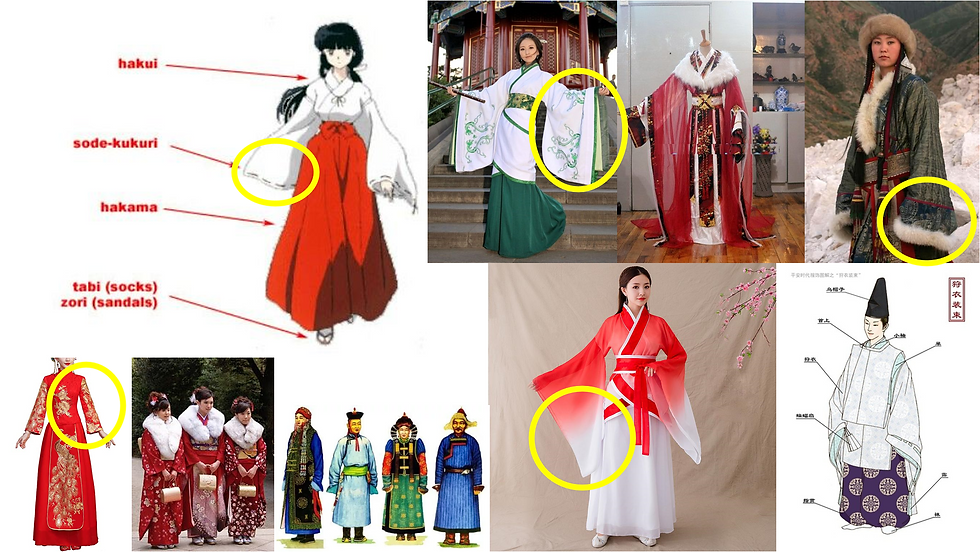
This was the moodboard I ended up with. I originally didn't have anything other than the furred-hanfu next to the top right corner to work from, but eventually I ended up with enough to create an entire moodboard. This project has taught me a lot about different Asian countries, and how their clothing both differs and feels similar to the countries around it.

This is the finished image. I'm really proud of how this one turned out, as I went into this completely blind. I had no idea how the design would work, or what colours should go where. It was a great experience, as I got to work from a plan and my instincts at the same time.
I think I made the design simple enough to be understandable, while also adding enough detail to make it interesting and imposing against the background. I was most concerned about adding too much detail, which would clash with the rest of the game. However, I think I got things just right.
The one thing I would've liked to try is different colours. I would like to see how the robe would look in white, which would give a completely different aesthetic. I would've also liked to have added more black to match the obi, but I think it looks fine by itself.
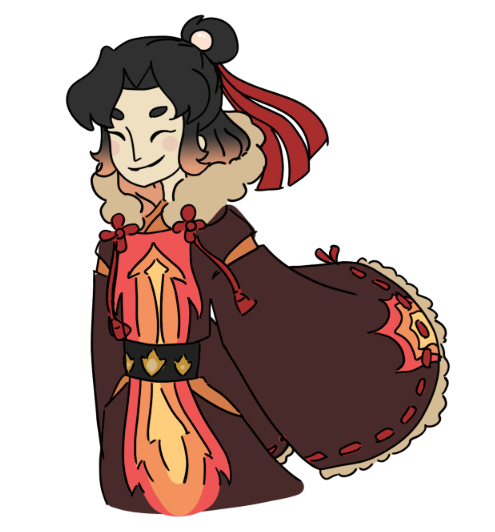
As a quick bonus, I decided to try and draw Jing in the Robe to see how she would look. Obviously, since she's a kitsune, she can't wear a robe as a fox, so I had to draw her as a human.
The main point of this image was to make sure the robe looked wearable and believable. This was mainly just for fun, and I got a chance to imagine Jing as a human. I even gave her three ribbons in her hair to look like her three tails.
Overall, I think this was the image that made me research the most into Japanese culture, which is something I've wanted to do more frequently during the Synoptic Project. This was the project that got me to research more than the others. I had a lot of fun going through articles on traditional garments from Japan, China and Mongolia, which is something I'd never gotten the chance to research before.
This has been my favourite image to make so far because of all the research I got to do. I hope the next images will give me the same opportunities to research as this one did.

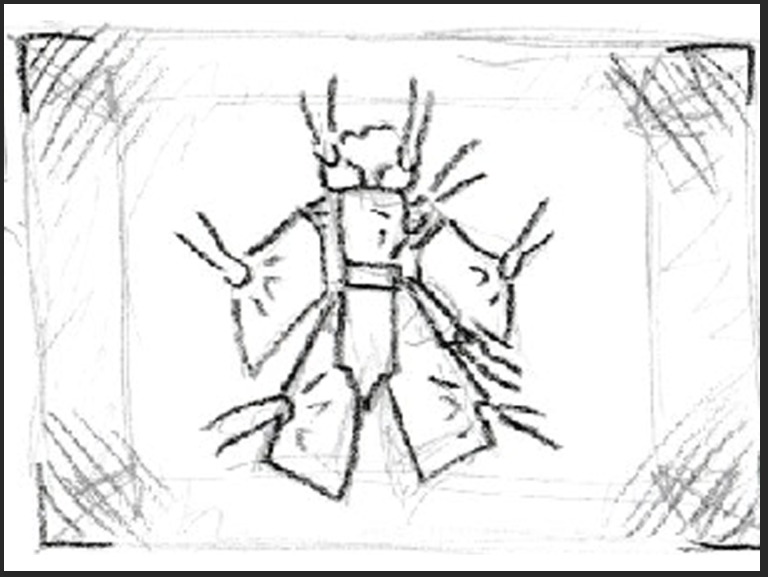

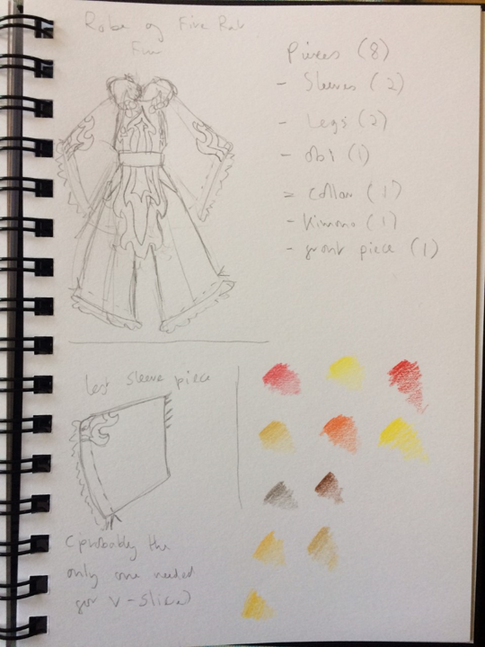





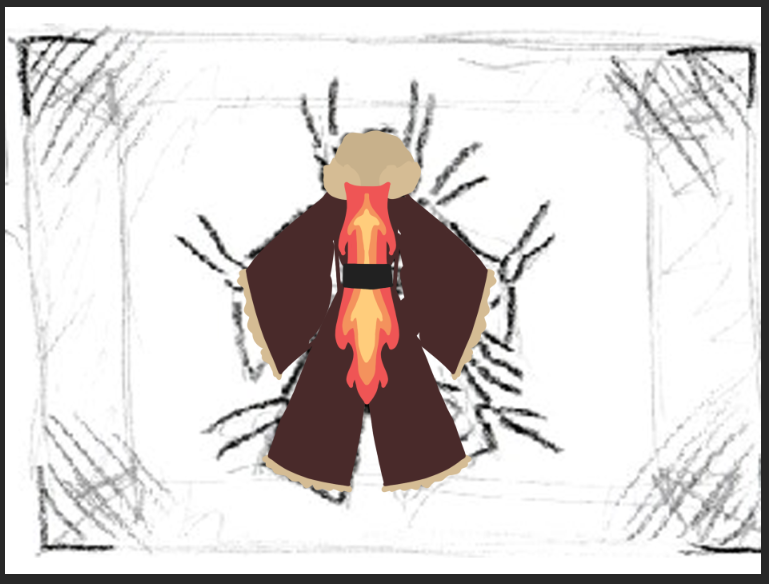




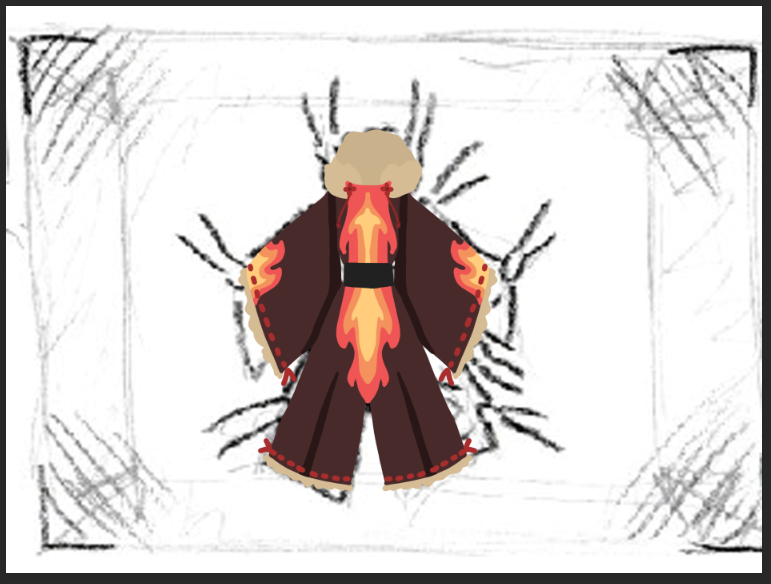

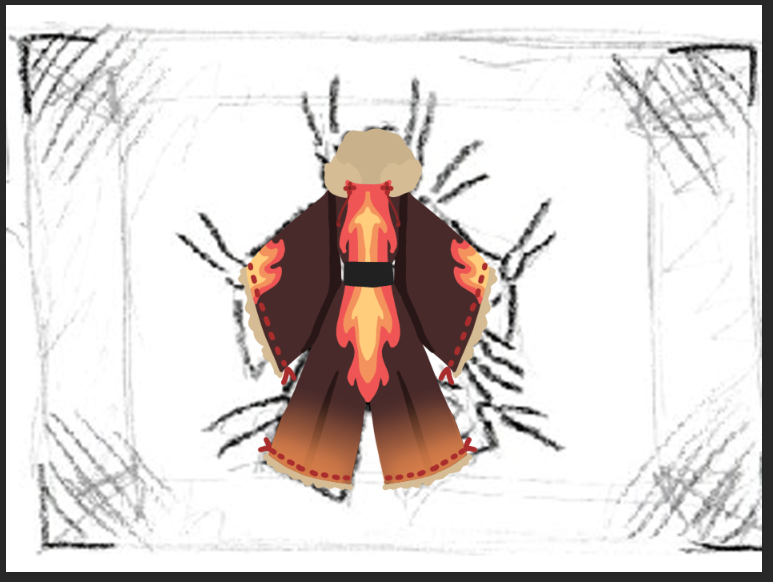

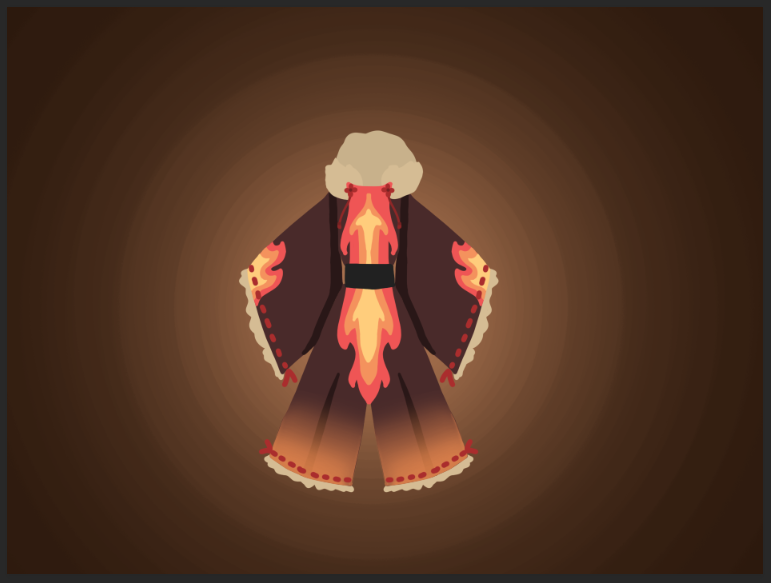




Comments